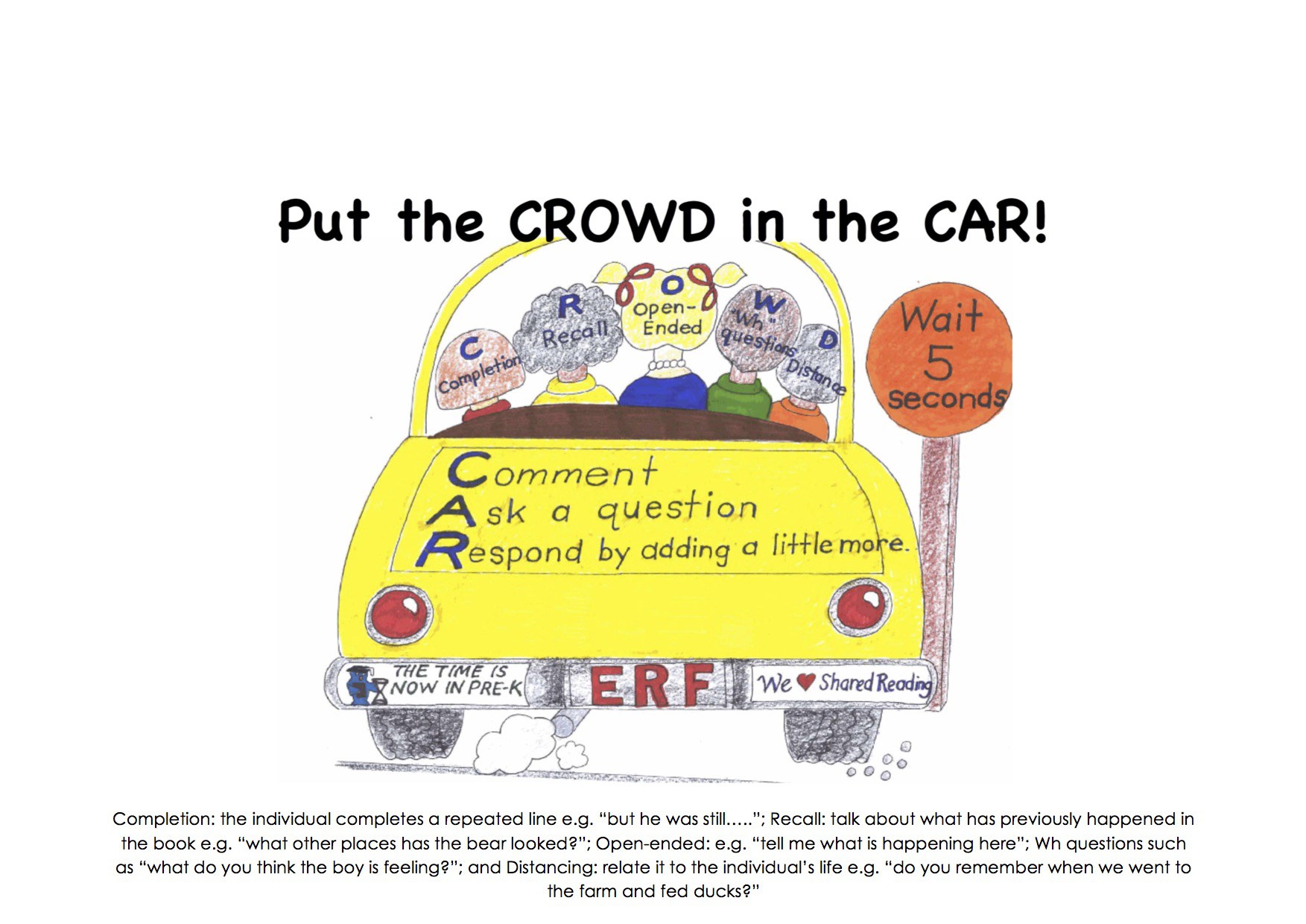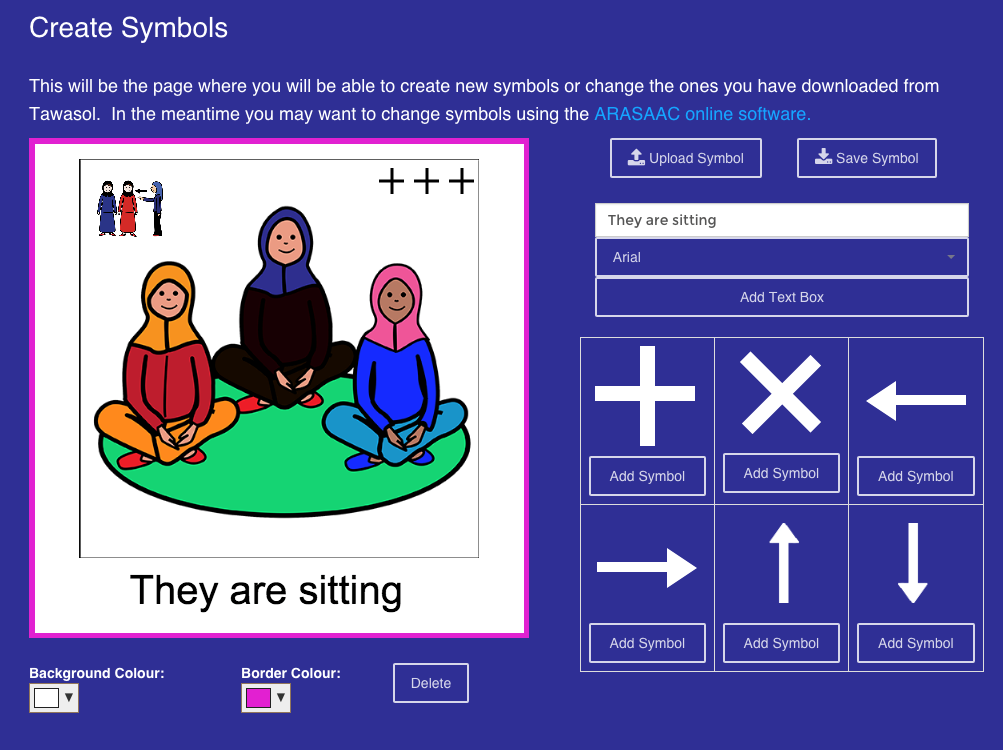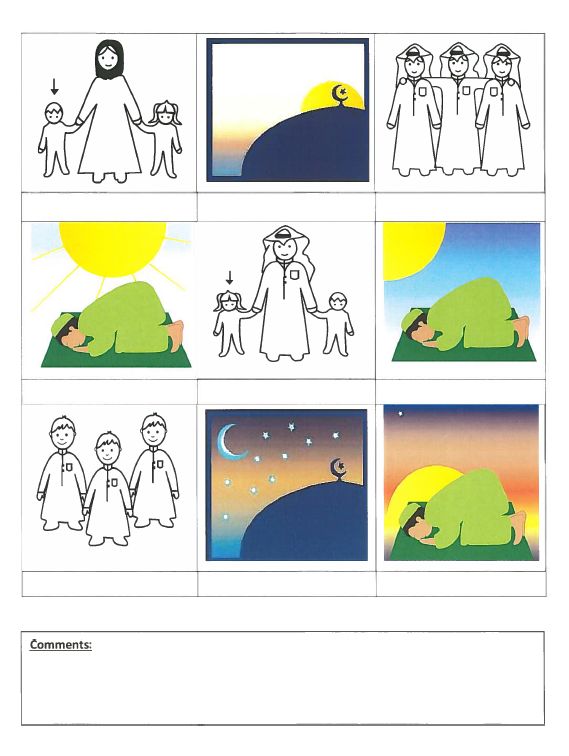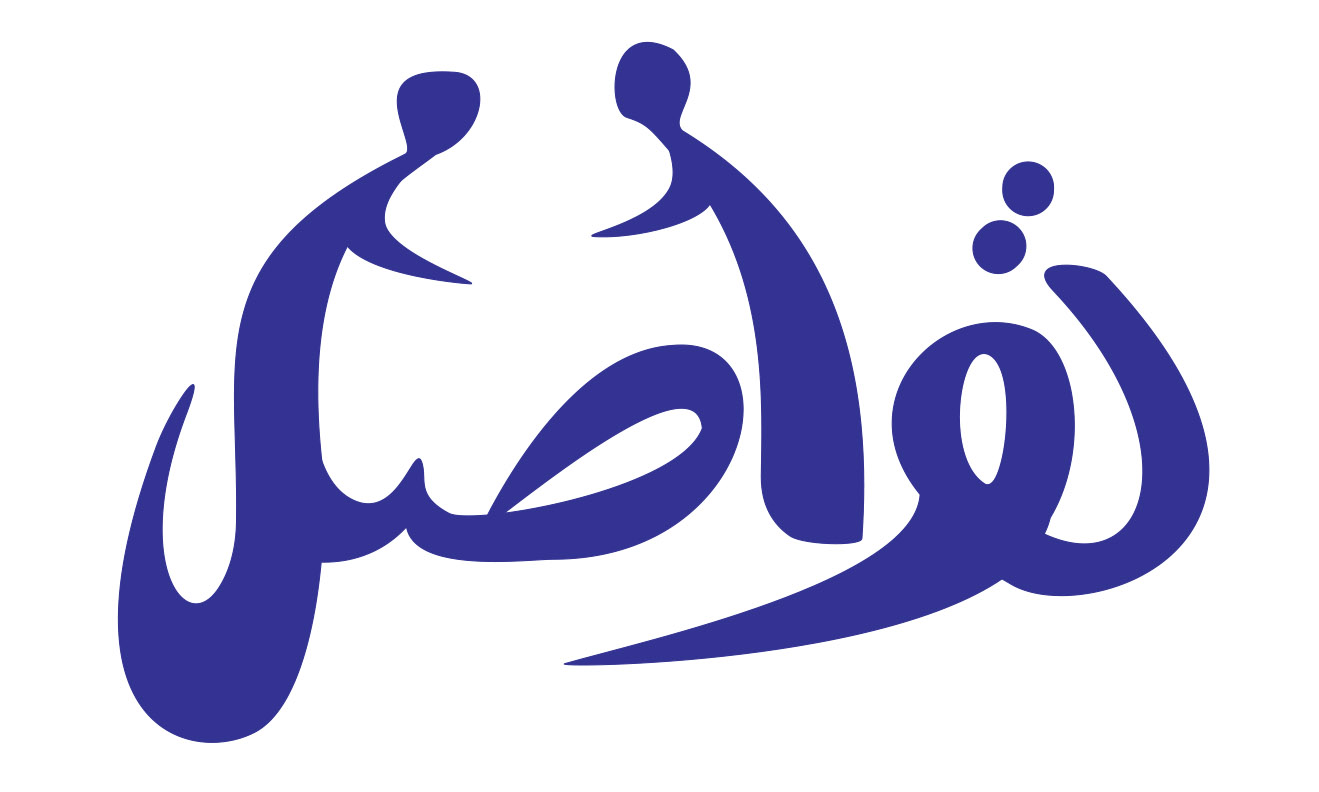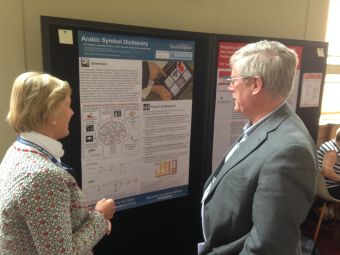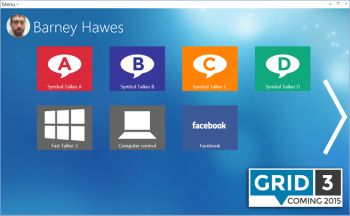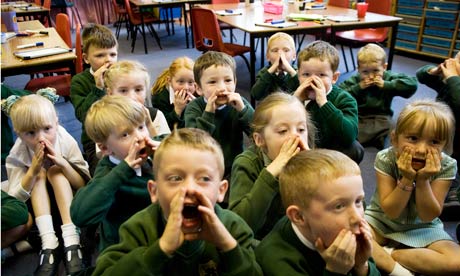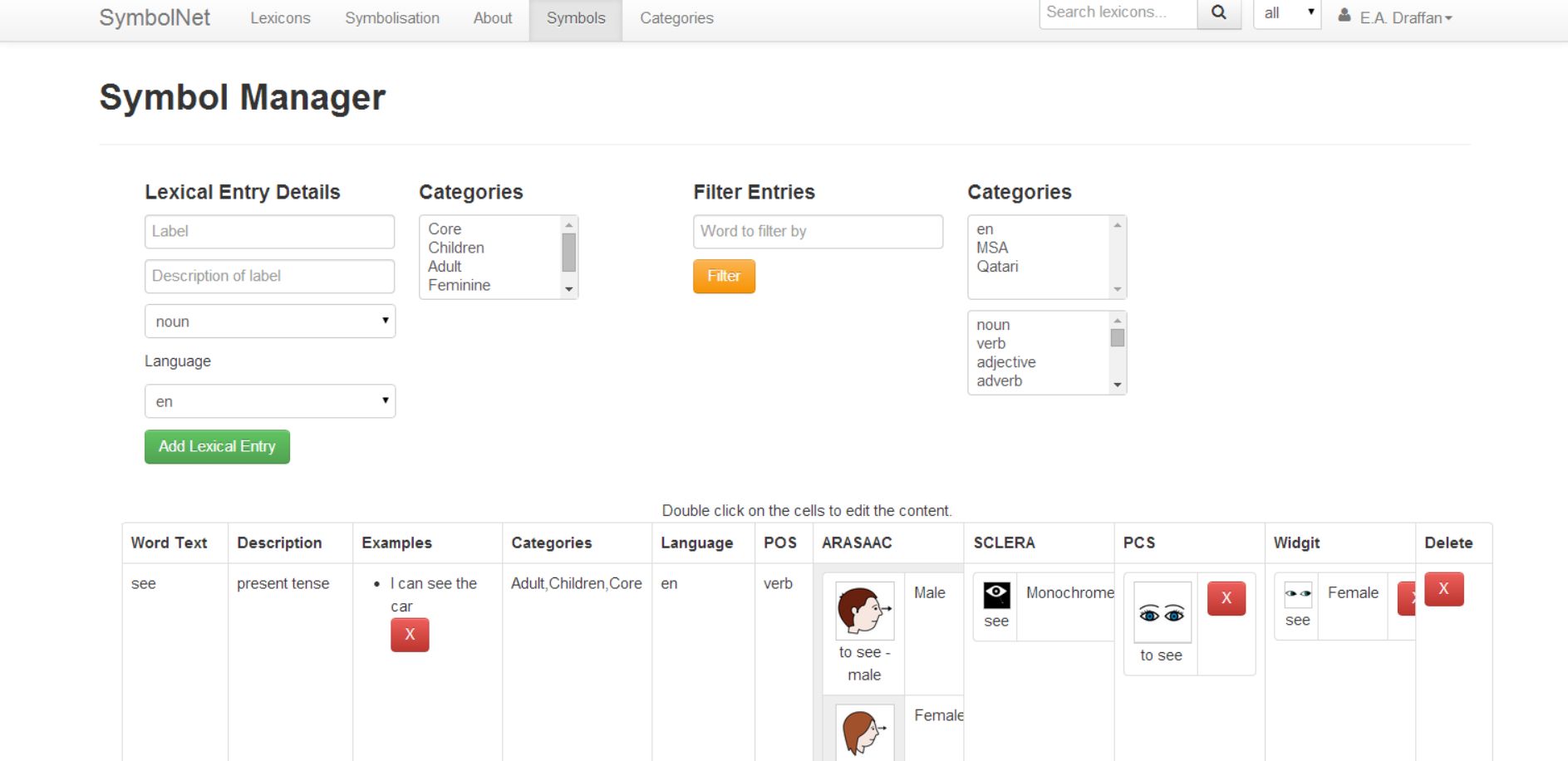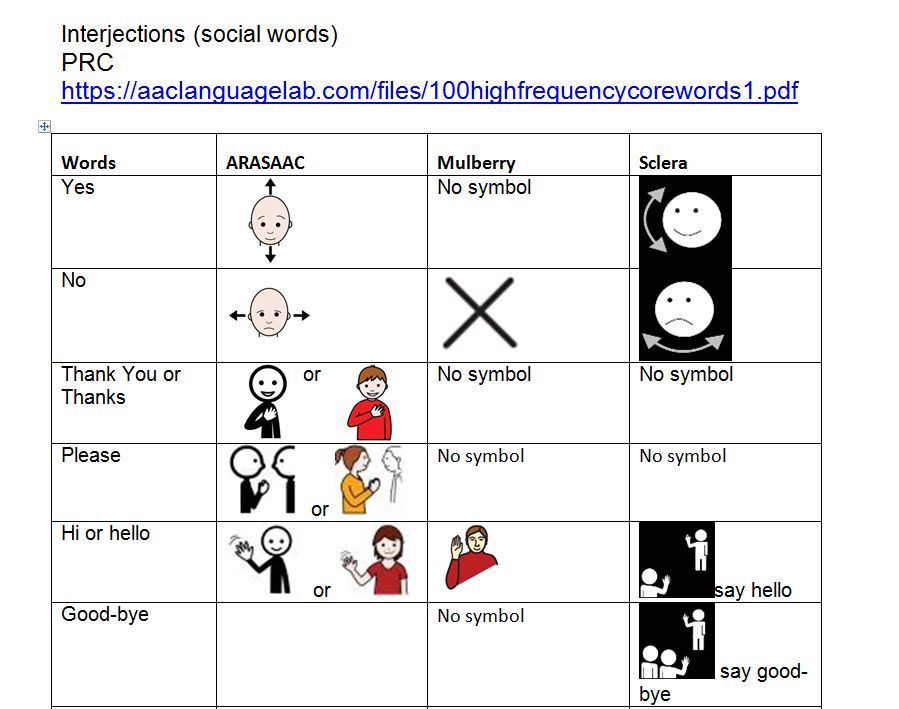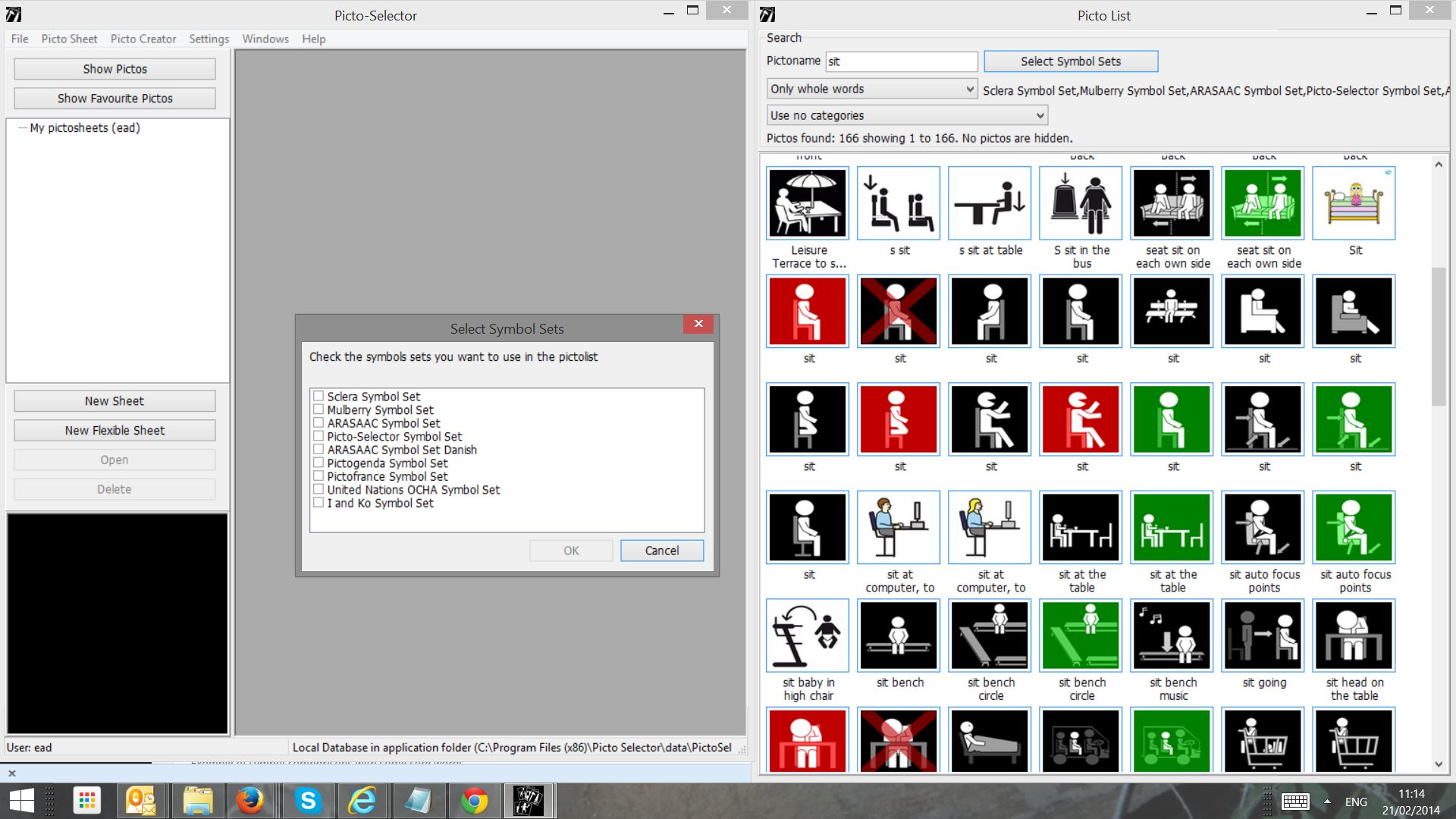ISAAC was an incredible experience. There was so much new research and knowledge that was shared and for me brought to light the significance of continuing education. It made me realise that it is through workshops and seminars at conferences that we become better clinicians and researchers and rid our practices of outdated and ineffective means of intervention.
I kicked off the week by attending the pre-conference workshops. As I waited for the first workshop to begin, I met a lovely lady by the name of Mathilde Suc-Mella from France. She is a teacher by profession but things changed for her when she had her first son who was diagnosed with Angelman Syndrome. This was the beginning of their AAC journey. She felt that she had to educate herself on AAC if she was ever going to be able to communicate with her son effectively. She says that AAC resources in France were scarce and until now she has found that the knowledge and resources around AAC are not as advanced as in English speaking countries. She has travelled far and wide and done many courses and trained with some of the best in the field of AAC including Gayle Porter – Creator of the PODD approach. This is when she decided that she wanted to create a PODDs version in French. We shared our challenges of not having core vocabularies in the languages we work in and how different the languages are to English from a linguistic point of view. Her determination to advance the status of AAC in France and to train others in this field was inspiring. She has her own website called CAApables.
As for the workshops themselves, here are some notes I took:
Kathryn Garrett and Joanne Lasker
The AAC-Aphasia Framework: Where do we go now?
- AAC is not instantly successful, it takes time because it’s an external means of communication and is practically a new language.
- All the evidence suggests that people with Aphasia like supported conversation i.e. a combination of things to convey a message e.g. drawing, simple text, provision of options and circling/crossing correct/incorrect answers etc. However communication partners don’t always offer this to their loved one with Aphasia because “they’re too busy” or they “know what their partner wants” or “find it difficult to pose options” of what the person with aphasia may want.
- AAC for those with aphasia tends to be a last resort when therapy isn’t working or they’re discharged. This needs to change.


Pat Mirenda
Taking the Initiative: Supporting Spontaneous Communication in Students with Autism Spectrum Disorder
- Spontaneous communication is important in providing AAC users with control over their environment and the ability to learn more. It builds self-determination and the ability to communicate when they want and what they want.
- Not all AAC users are able to achieve spontaneity because of poor instruction not because they can’t do it. Research shows that people with Autism can provide spontaneous communication most commonly in the form of body language and less so with symbols. This is because people with Autism are very good at doing EXACTLY what you teach them. So if you are only teaching them to communicate in structured conversations that’s exactly what they’ll do.
- PECS was designed to promote spontaneous communication but a lot of the time spontaneity is not achieved. Here are some common mistakes clinicians make:
- The manual is not read or followed properly
- Use of the wrong motivators or the SAME motivators. Motivation is key to the success of PECS
- The clinician should NOT be talking at all except when the clinician is given the card by the Person with Autism
- The first phase cannot be completed without a physical prompter
- Clinician reacting before the symbol card is in their hand
- Choosing the wrong time e.g. offering a snack reinforcer straight after lunch
- Using more than one symbol in phase 2
- Not increasing the distance or not gradually increasing the distance
- Failing to take PECS book everywhere
- Failing to give what is requested
- PECS should be done right through to the end- phase 6. A lot of people stop at phase 3 – requesting
- Unfortunately our main goal is to get kids with Autism to ask for things then stop. What about engaging and commenting? Requesting only provides them with limited opportunities.
- We sometimes see kids with Autism as less like normal people than more like normal people when the latter is the case.
Carole Zangari and Gloria Soto
Supporting Vocabulary Development in Students Who Use AAC: Practical Approaches for Educators and SLPs
- AAC devices should be sufficient enough for use post-school environment. More often than not it has limited vocabulary and is activity based.
- There needs to be a focus on core vocabularies and a wider set of vocabulary otherwise you are placing a ceiling on language development.
- Sometimes we think that more vocabulary is beyond the capacity of the AAC user but we actually do more harm to the AAC user by limiting vocabulary.
- More vocabulary = more opportunities for communication, commenting, and engaging.
- Shouldn’t use too many words too soon = confusing and icons become too small
- Play-dough should not be the goal, the goal should be the learning of new core word/s through an activity like play dough e.g. “make”
- Vocabulary development in typically developing kids/mainstream schools is flawed (vocab books -> pre-test for the week > copy > match to definition > quiz on words i.e. teach / test / Words not taught to be used in context so no generalisation to the real world) So it is expected that when taught to those with learning disabilities it’ll be flawed too.
- We should also stay away from teaching for meaning only and not worry about grammar. E.g we let it pass if a student says “I goed there”. Rather we should try to teach the student to fix their sentence e.g. “you said a word wrong in that sentence, can you try to fix it? “You said I goed there, the verb sounds wrong.” “Should it be goed or went?”, “can you say the sentence again using the right verb?” “Does that sound better?” (self-evaluation)
- Start off with a smaller set of core words and add words each month- have word of the week/month. Set goals with more and more advanced boards “start with the end in sight”.
- Give them the meaning of the word e.g. “upset” – upset means angry, you seem a little upset, you seem a little angry.
- Show them how to use words in context of different activities. They don’t have to achieve the word to 80% accuracy all the time, it’s ok to float between 50-80% otherwise it’ll hold them back from learning more.
- Incorporate into activities they enjoy/have personal interest in. Use them throughout the day e.g. singing, writing, playing, in surveys. E.g. the word is “go”. Ask them to survey the class – “where do you like to go?”, “How do you go home?”.
- Use every opportunity to say the word throughout the day- word bombardment
- Can combine core word teaching with curriculum based vocab. E.g.
WEEK1: I, go, me (core) + continue, monotheism, memorise
WEEK2: week 1+ week 2 words
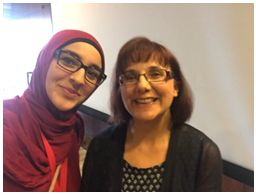


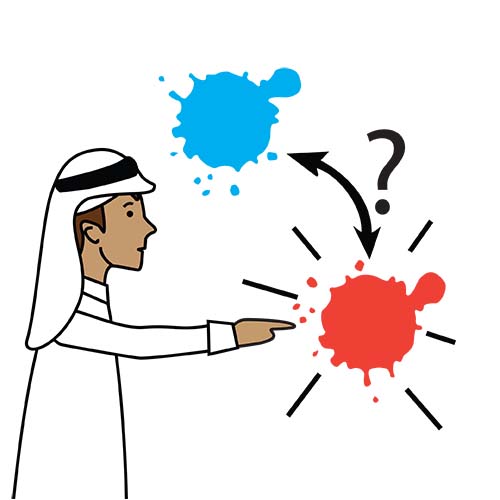

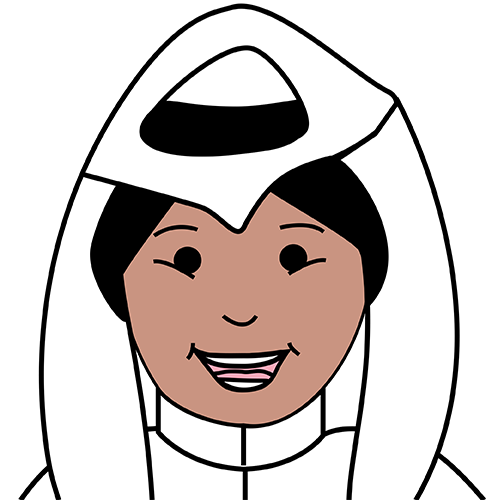

 We have added our initial vocabulary list so that you can see both languages and the parts of speech that we have used as the lexical concepts.
We have added our initial vocabulary list so that you can see both languages and the parts of speech that we have used as the lexical concepts.